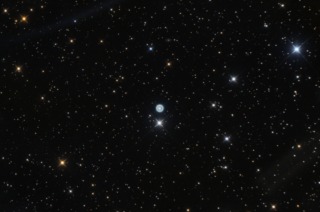
- Constellation: Gemini
- Right Ascension: 07h 29m 10.7669s
- Declination: +20° 54′ 42.488″
- Distance: 6,500 ly
NGC 2392 is a planetary nebula located 6,500 light years away in Gemini. Sometimes called the Eskimo Nebula or Clown Face nebula as it resembles a head with a parka or other object around it.
- Details
- Category: Nebulas
- Telescope: GSO RC10
- Camera: ZWO A071 Color
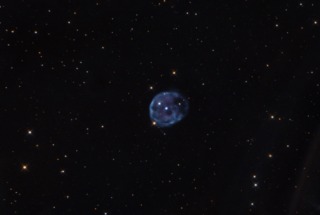
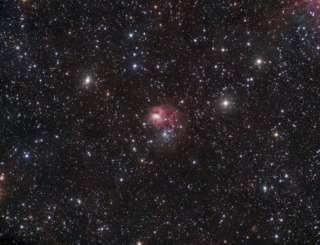
- Constellation: Auriga
- Right Ascension: 5h 31m
- Declination: +34° 15′
- Distance: 7,000 ly
NGC 1931 an emission/reflection nebula located in Auriga. Sometimes referred to as a baby Orion nebula, and even has a Trapezium of four stars located in the nebula.
- Details
- Category: Nebulas
- Telescope: Explore Scientific 127 Refractor
- Camera: ZWO 1600 MM
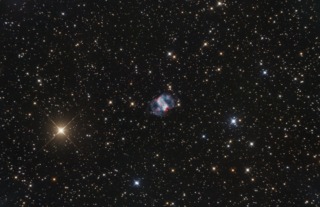
- Constellation: Perseus
- Right Ascension: 01h 42.4m
- Declination: +51° 34′ 31″
- Distance: 2,500 ly
Messier 76 is a planetary nebula located in Perseus. Sometimes referred to as the little Dumbbell Nebula or Barbell Nebula. Spanning around 1.2 light years across and located some 2,500 light years away makes it one of the more challenging Messier objects.
- Details
- Category: Nebulas
- Telescope: GSO RC10
- Camera: ZWO A071 Color

- Constellation: Andromeda
- Right Ascension: 23h 25m 54s
- Declination: +42° 32′ 6″
- Distance: 2,000 - 6,000 ly
One of these lights is not like the rest, tiny NGC 7662 aka The Blue Snowball. It is a planetary nebula located in the constellation of Andromeda. The bright star in the top left corner is 13 And.
Annotated image follows...
- Details
- Category: Nebulas
Read more: NGC 7662 The Blue Snowball Nebula
- Telescope: Explore Scientific 127 Refractor
- Camera: ZWO 1600 MM
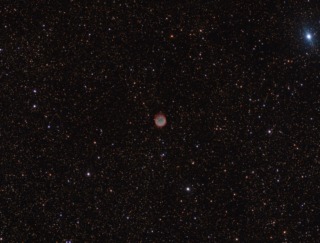
- Constellation: Aquila
- Right Ascension: 19h 18m 28s
- Declination: +6° 32′ 19.3″
NGC 6781 is a planetary nebula located in Aquila. It's outer shells blown off from the central star in its transition from red giant to white dwarf spans some two light years across.
- Details
- Category: Nebulas
- Telescope: Explore Scientific 127 Refractor
- Camera: ZWO 1600 MM